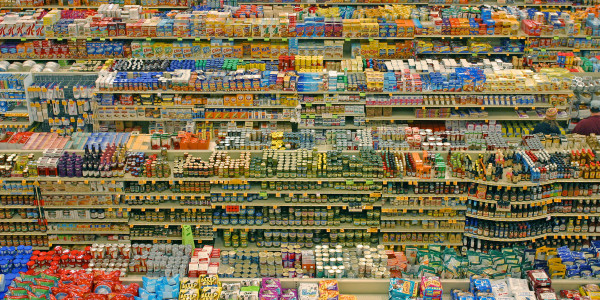Manufacturers are well aware of the benefits of automation; however, some food manufacturers haven’t been able to take full advantage of automation due to factors like food safety regulations and the fact that the raw materials for foods don’t come in precise, consistent sizes and shapes. To address these challenges, food manufacturing has traditionally been done manually rather than by automated machinery.
Food manufacturers have an obstacle that other manufacturers don’t have to worry about. Stricter regulations with food safety means that more attention has to go into ensuring the quality of the product throughout the entire process rather than just the quality of the final product.
However, meeting food safety guidelines with automated machinery isn’t excessively difficult. The big challenge lies in adjusting to the varying sizes, shapes, and consistencies of food items.
The axle of a specific type of car will always be the same on an assembly line. The size, shape, and dimensions will always be precise and regular making it easy to set parameters for automated machinery. Food, on the other hand, is not always precise and regular.
You can plant two identical potato plants in the exact same setting and give them the exact same amount of water and sunshine, and they will yield potatoes of varying sizes and shapes. Agriculture has been working to develop more consistent plants and animals for decades, but nature doesn’t always cooperate.
And it’s more than just the inconsistent size and shape of food. It’s the consistency as well. Foods may be too brittle, delicate, or gooey for industrial automation.
But there’s increasing pressure for food manufacturers to make use of automation. An increasing demand for goods requires an increase in productivity, and the pressure to reduce costs means that automation is the obvious solution.
Varying shapes, sizes, and consistencies require sophisticated automation systems. Luckily, robotics is a rapidly growing industry, and advanced technologies are being developed an implemented everyday. The door is opening for food manufacturers to start making good use of automation. The missing piece is often a more delicate sensor, a more creative delivery mechanism, or an innovative package.
The benefits of automation can’t be denied. Automation in the food manufacturing industry can lead to consistent quality, more productivity, increased efficiency, less, waste, and better output tracking.
As robotics and automation technologies advance, it will not only be easier to meet safety guidelines and manage material inconsistencies, but the benefits of automation will get exponentially better. Automation benefits nearly every industry, even when there are challenges to overcome.



